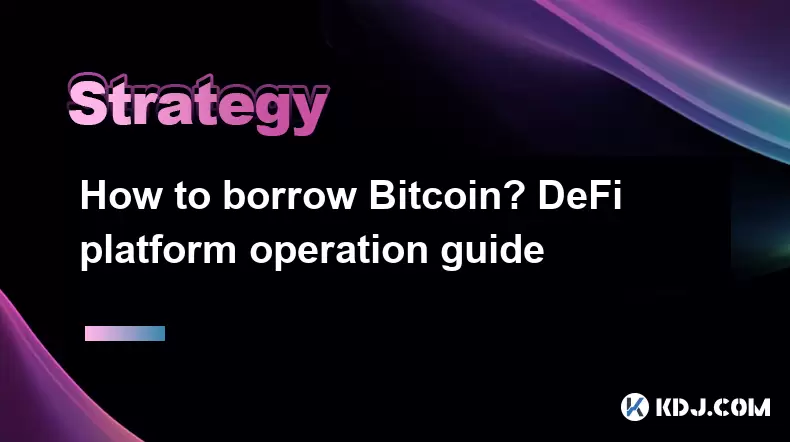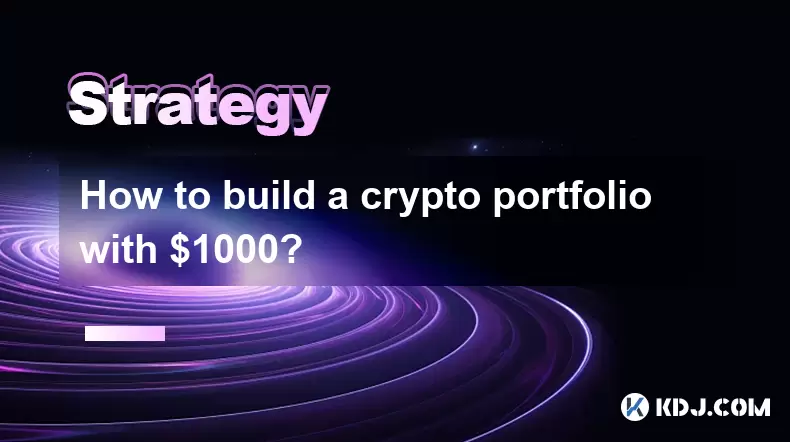-
 Bitcoin
Bitcoin $118600
0.36% -
 Ethereum
Ethereum $3855
1.06% -
 XRP
XRP $3.195
-0.09% -
 Tether USDt
Tether USDt $1.000
-0.04% -
 BNB
BNB $844.5
6.23% -
 Solana
Solana $191.3
2.83% -
 USDC
USDC $0.9997
-0.01% -
 Dogecoin
Dogecoin $0.2376
0.10% -
 TRON
TRON $0.3242
0.83% -
 Cardano
Cardano $0.8222
0.13% -
 Hyperliquid
Hyperliquid $45.26
6.53% -
 Sui
Sui $4.200
-2.56% -
 Stellar
Stellar $0.4336
-1.24% -
 Chainlink
Chainlink $18.86
0.28% -
 Hedera
Hedera $0.2796
-1.75% -
 Bitcoin Cash
Bitcoin Cash $583.3
-1.84% -
 Avalanche
Avalanche $27.06
8.09% -
 Litecoin
Litecoin $112.3
-1.16% -
 Toncoin
Toncoin $3.353
0.58% -
 UNUS SED LEO
UNUS SED LEO $8.968
-0.11% -
 Shiba Inu
Shiba Inu $0.00001395
-0.54% -
 Ethena USDe
Ethena USDe $1.001
-0.03% -
 Uniswap
Uniswap $10.76
0.69% -
 Polkadot
Polkadot $4.175
0.26% -
 Monero
Monero $326.7
1.07% -
 Bitget Token
Bitget Token $4.665
1.61% -
 Dai
Dai $0.9998
-0.02% -
 Pepe
Pepe $0.00001271
0.32% -
 Cronos
Cronos $0.1416
2.01% -
 Aave
Aave $299.3
1.15%
How to borrow Bitcoin? DeFi platform operation guide
Borrowing Bitcoin on DeFi platforms involves using crypto as collateral, allowing access to liquidity without selling assets, but requires careful management to avoid liquidation.
May 13, 2025 at 12:35 am

Borrowing Bitcoin through decentralized finance (DeFi) platforms has become an increasingly popular way for cryptocurrency enthusiasts to leverage their existing assets. This guide will walk you through the process of borrowing Bitcoin on a DeFi platform, ensuring you understand each step and the necessary precautions to take.
Understanding DeFi and Bitcoin Borrowing
DeFi, or Decentralized Finance, refers to financial services built on blockchain technology, primarily Ethereum, that operate without traditional intermediaries like banks. Borrowing Bitcoin on a DeFi platform involves using other cryptocurrencies as collateral to secure a loan in Bitcoin. This process allows users to access liquidity without selling their assets, which can be particularly useful in a volatile market.
Choosing the Right DeFi Platform
Before you can borrow Bitcoin, you need to select a reputable DeFi platform. Some popular options include Aave, Compound, and MakerDAO. Each platform has its own set of features, interest rates, and collateral requirements. Research each platform to understand their terms and conditions, as well as the risks involved. Look for platforms with a strong track record of security and user satisfaction.
Preparing Your Wallet and Collateral
To borrow Bitcoin, you'll need a compatible cryptocurrency wallet that supports the DeFi platform you've chosen. Most platforms work with wallets like MetaMask or Trust Wallet. Ensure your wallet is set up and funded with the cryptocurrency you intend to use as collateral. Common collateral options include Ethereum (ETH), stablecoins like DAI, or other supported tokens.
- Download and install the wallet of your choice from the official website.
- Set up your wallet by following the on-screen instructions, which typically involve creating a new wallet or importing an existing one.
- Fund your wallet with the necessary collateral. Transfer the required amount of cryptocurrency from an exchange or another wallet to your DeFi-compatible wallet.
Connecting Your Wallet to the DeFi Platform
Once your wallet is ready, you need to connect it to the DeFi platform. This process varies slightly depending on the platform, but the general steps are similar.
- Navigate to the DeFi platform's website and look for the "Connect Wallet" or similar button.
- Select your wallet from the list of supported options. If you're using MetaMask, for example, click on the MetaMask icon.
- Authorize the connection by following the prompts in your wallet. This usually involves confirming the connection request and, in some cases, signing a message to prove ownership of the wallet.
Depositing Collateral and Borrowing Bitcoin
With your wallet connected, you can now deposit your collateral and borrow Bitcoin. Here's how to do it:
- Navigate to the "Deposit" or "Supply" section of the DeFi platform. Select the cryptocurrency you want to use as collateral and enter the amount you wish to deposit.
- Confirm the transaction in your wallet. This will transfer the collateral to the DeFi platform's smart contract.
- Once the collateral is deposited, go to the "Borrow" section. Select Bitcoin (BTC) as the asset you want to borrow and enter the amount you need.
- Review the loan terms, including the interest rate and the collateralization ratio. Make sure you understand the repayment terms and the risk of liquidation if the value of your collateral drops.
- Confirm the borrowing transaction in your wallet. The borrowed Bitcoin will be transferred to your wallet shortly after the transaction is confirmed on the blockchain.
Managing Your Loan and Repaying Bitcoin
After borrowing Bitcoin, it's important to monitor your loan and manage it effectively. Most DeFi platforms provide a dashboard where you can track your loan's health, including the current value of your collateral and the amount of Bitcoin you've borrowed.
- Regularly check the value of your collateral to ensure it remains above the required collateralization ratio. If the value drops too low, you risk liquidation.
- To repay your loan, navigate to the "Repay" section of the DeFi platform. Select Bitcoin as the asset you want to repay and enter the amount you wish to pay back.
- Confirm the repayment transaction in your wallet. The repaid Bitcoin will be deducted from your wallet and credited against your loan.
Frequently Asked Questions
Q: Can I borrow Bitcoin without collateral on DeFi platforms?
A: No, DeFi platforms require collateral to secure loans. The collateral acts as a guarantee that the loan will be repaid, and it's used to cover the loan amount if the borrower defaults.
Q: What happens if the value of my collateral drops below the required ratio?
A: If the value of your collateral falls below the required collateralization ratio, your loan may be subject to liquidation. This means the DeFi platform will automatically sell your collateral to repay the loan, potentially at a loss to you.
Q: Can I use borrowed Bitcoin to invest in other cryptocurrencies?
A: Yes, you can use borrowed Bitcoin to invest in other cryptocurrencies. However, be aware of the risks involved, as you'll need to repay the loan regardless of the performance of your investments.
Q: Are there any fees associated with borrowing Bitcoin on DeFi platforms?
A: Yes, most DeFi platforms charge interest on borrowed Bitcoin, as well as potential transaction fees for depositing collateral and repaying the loan. Always review the fee structure of the platform before borrowing.
Disclaimer:info@kdj.com
The information provided is not trading advice. kdj.com does not assume any responsibility for any investments made based on the information provided in this article. Cryptocurrencies are highly volatile and it is highly recommended that you invest with caution after thorough research!
If you believe that the content used on this website infringes your copyright, please contact us immediately (info@kdj.com) and we will delete it promptly.
- Avalanche (AVAX) Price Pump Incoming? Analysts Weigh In
- 2025-07-29 06:50:12
- Presales, Investment, July 2025: What's Hot and What's Not
- 2025-07-29 06:30:12
- PayPal, Bitcoin, and Merchants: A New Era of Commerce?
- 2025-07-29 07:10:13
- RUVI Token's Ripple Rally Potential: Audited AI Crypto Heats Up!
- 2025-07-29 04:50:12
- ADA Price, Cardano, SUI & Remittix: Decoding the Latest Crypto Moves
- 2025-07-29 04:50:12
- Solana, ARK Invest, and Staking: A New Era of Institutional Crypto?
- 2025-07-29 05:30:12
Related knowledge

How to avoid common crypto investment mistakes?
Jul 13,2025 at 01:35am
Understanding the Risks of Crypto InvestmentInvesting in cryptocurrency can be highly rewarding, but it also comes with significant risks. One of the ...

What is a long-short crypto strategy?
Jul 15,2025 at 10:56am
Understanding the Basics of a Long-Short Crypto StrategyA long-short crypto strategy is an investment approach where traders simultaneously take long ...

What is a long-short crypto strategy?
Jul 11,2025 at 01:28pm
Understanding the Basics of Long-Short Crypto StrategyA long-short crypto strategy is an investment approach where traders take both long and short po...

How to use the RSI indicator for crypto?
Jul 12,2025 at 03:56pm
Understanding the RSI Indicator in Cryptocurrency TradingThe Relative Strength Index (RSI) is a momentum oscillator used to measure the speed and chan...

Is copy trading a good strategy for crypto beginners?
Jul 12,2025 at 08:28am
Understanding Copy Trading in the Cryptocurrency MarketCopy trading is a strategy where novice traders replicate the trades of experienced investors a...

How to build a crypto portfolio with $1000?
Jul 13,2025 at 08:14pm
Understanding the Basics of Cryptocurrency InvestmentBuilding a crypto portfolio with $1000 starts with understanding the fundamentals of cryptocurren...

How to avoid common crypto investment mistakes?
Jul 13,2025 at 01:35am
Understanding the Risks of Crypto InvestmentInvesting in cryptocurrency can be highly rewarding, but it also comes with significant risks. One of the ...

What is a long-short crypto strategy?
Jul 15,2025 at 10:56am
Understanding the Basics of a Long-Short Crypto StrategyA long-short crypto strategy is an investment approach where traders simultaneously take long ...

What is a long-short crypto strategy?
Jul 11,2025 at 01:28pm
Understanding the Basics of Long-Short Crypto StrategyA long-short crypto strategy is an investment approach where traders take both long and short po...

How to use the RSI indicator for crypto?
Jul 12,2025 at 03:56pm
Understanding the RSI Indicator in Cryptocurrency TradingThe Relative Strength Index (RSI) is a momentum oscillator used to measure the speed and chan...

Is copy trading a good strategy for crypto beginners?
Jul 12,2025 at 08:28am
Understanding Copy Trading in the Cryptocurrency MarketCopy trading is a strategy where novice traders replicate the trades of experienced investors a...

How to build a crypto portfolio with $1000?
Jul 13,2025 at 08:14pm
Understanding the Basics of Cryptocurrency InvestmentBuilding a crypto portfolio with $1000 starts with understanding the fundamentals of cryptocurren...
See all articles

























































































